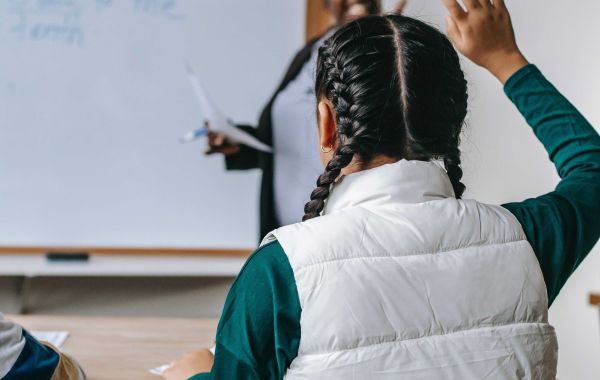Challenges of Moisture in Offshore and Remote Power Systems
Corrosion: Moisture can accelerate the corrosion process, leading to the deterioration of electrical contacts, cables, and other components.
Insulation Breakdown: High humidity levels can reduce the insulation resistance of electrical equipment, increasing the risk of electrical faults and failures.
Contamination: Moisture can facilitate the accumulation of contaminants on electrical surfaces, which can interfere with the proper functioning of equipment.
How Dry Air Generators Address These Challenges
Dehumidification: Dry air generators effectively remove moisture from the air, creating a dry environment that helps prevent corrosion and insulation breakdown.
Contaminant Control: The dry air produced by these generators can help reduce the accumulation of contaminants on electrical surfaces, improving equipment reliability and performance.
Equipment Protection: By maintaining a dry environment, dry air generators can help protect sensitive electrical components from moisture-related damage, extending their lifespan and reducing maintenance costs.
Types of Dry Air Generators Used in Offshore and Remote Power Systems
Membrane Dryers: These dryers use a semi-permeable membrane to separate water vapor from the air, providing a continuous supply of dry air.
Desiccant Dryers: Desiccant dryers use a solid material, such as silica gel or activated alumina, to absorb moisture from the air. They are often used in applications that require very low dew point levels.
Refrigeration Dryers: Refrigeration dryers use a refrigeration cycle to cool the air, causing moisture to condense and be removed. They are suitable for applications with moderate moisture removal requirements.
Applications of Dry Air Generators in Offshore and Remote Power Systems
Transformer Protection: Dry air generators can be used to maintain the insulation resistance of transformers, preventing moisture-related failures.
Switchgear Protection: By reducing moisture levels, dry air generators can help protect switchgear from corrosion and electrical faults.
Control and Instrumentation: Dry air is essential for the proper functioning of control and instrumentation systems, ensuring accurate and reliable operation.
Data Centers: In offshore and remote data centers, dry air generators help protect sensitive electronic equipment from moisture-related damage.
Conclusion
Dry air generators are indispensable components of offshore and remote power systems. By addressing the challenges posed by moisture, these devices play a vital role in ensuring the reliability, efficiency, and longevity of electrical equipment. By investing in dry air generators, operators can protect their assets, reduce downtime, and maintain a continuous supply of power in even the most demanding environments.







